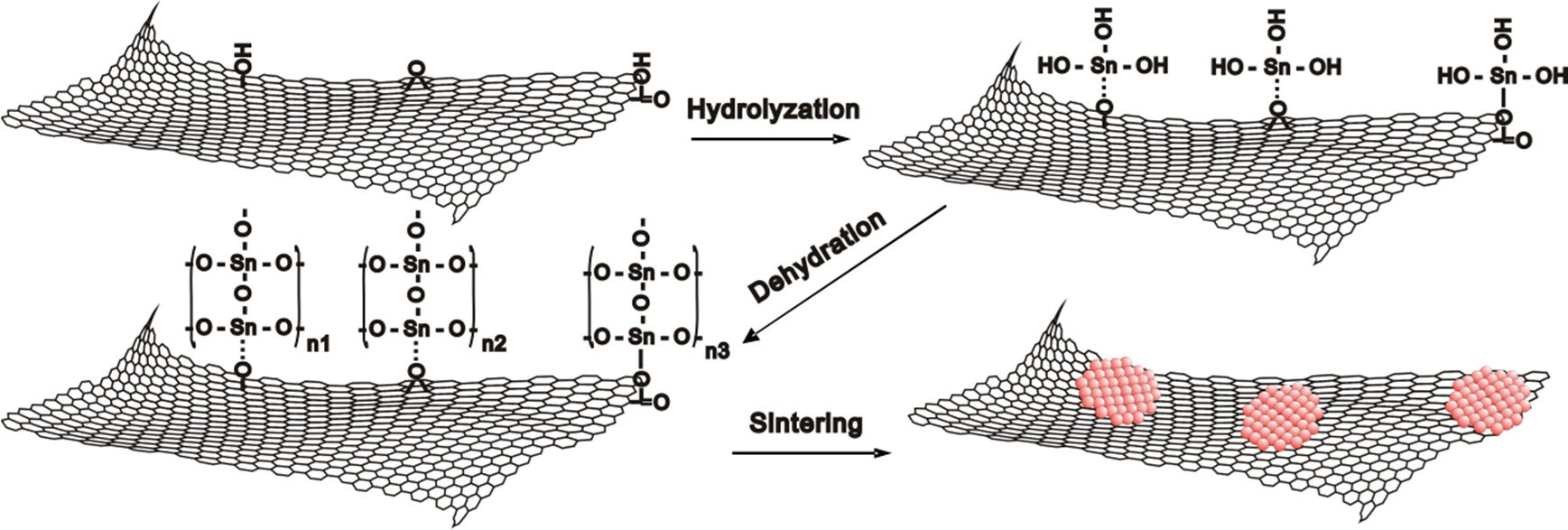Gas environment detection is becoming more urgent and significant than ever before for both industrial manufacturing and environment monitoring. Gas sensor based on a catalytically-sensing mechanism is one of the most important devices for gas detection.
Recently, associate professor LIU Jinyun and Prof. MENG Fanli from Prof. LIU Jinhuai and Prof. HUANG Xingjiu’s group at Institute of Intelligent Machines, published an invited review about catalytic sensitive electronic devices in the international journal "Catalysts" (Catalysis-Based Cataluminescent and Conductometric Gas Sensors: Sensing Nanomaterials, Mechanism, Applications and Perspectives. Catalysts 2016, 6, 210; doi:10.3390/catal6120210). The sensing detection mechanism and applications of sensing nanomaterials are summarized systematically, and the development direction and application prospect of the catalytic mechanism-based gas sensors are provided as well.
In the review, Liu Jinyun et al., emphatically introduces two representative catalysis-based gas sensors including cataluminescent and conductometric sensors which are on the basis of optical and electric signal acquisitions, respectively. Grounded on the global research frontiers, the application of cataluminescent gas sensors for detecting different gases (such as volatile organic compounds, hydrogen sulfide, carbon monoxide, etc.), the catalysis effect by noble metal modification and the small size effect of conductometric sensors are discussed thoroughly.
The review points out the research direction of sensors in future. Catalytically sensitive and selective sensing nanomaterials are highly desirable for both academy and industry. In this condition, the doped or cooperated composites commonly show an enhanced sensing performance compared to single-component sensing materials, which suggests that fabricating composites (such as graphene hybrid) will be a promising direction. Besides, as for the detection system, catalysis-based sensor array, such as electronic nose, instead of one single sensor, has shown a fascinating advantage of effectively recognizing multi-component gases, which is a main direction for system integration.
This work was supported by the State Key Basic Science Program for Nanoscience and Nanotechnology, and the Natural Science Foundation of China.

Figure 1. Sensing mechanism of cataluminescence-based gas sensor.

Figure 2. Illustration for the formation mechanism of SnO2/graphene composites。
Article title: Catalysis-Based Cataluminescent and Conductometric Gas Sensors: Sensing Nanomaterials, Mechanism, Applications and Perspectives
Article link: http://www.mdpi.com/2073-4344/6/12/210/html
Keywords: sensors, nanomaterials, graphene, semiconductors
Contact:
Dr. LIU Jinyun, Nanomaterials and Environmental Detection Laboratory, Institute of Intelligent Machines, Chinese Academy of Sciences, Hefei, Anhui 230031, China
Tel.: +86-15905698163
E-mail: jyliu@iim.ac.cn
Image by LIU Jinyun
